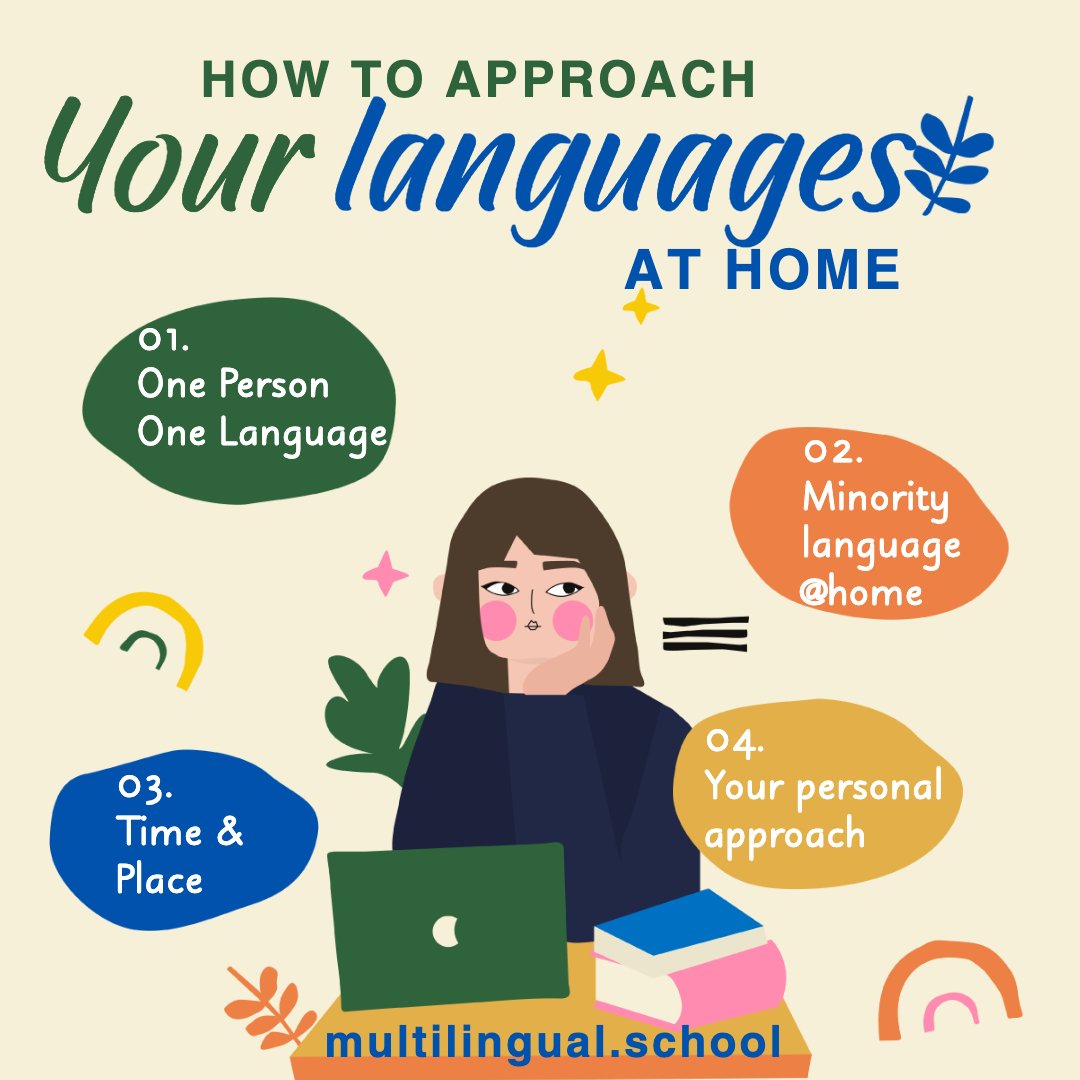Strategies for upbringing in multiple languages
This post may contain affiliate links, which means that I may receive a commission if you make a purchase using these links. You do not pay a higher price.
Why is it good to consider language strategies for bilingual (or more) upbringing?
Once you decide you want to raise your child with more than one language, you might ask yourself a few questions on how to actually go about it. Speaking to a child occasionally is all easy, but embarking on a journey of allowing for (balanced) multilingualism is a path that becomes easier with a bit of planning, expectation setting, regular reflection, and long stamina. So, when considering a language strategy for your circumstances, it’s best to answer a few questions:
Which language(s) do I want my child to speak?
What are my goals for these languages? What level of fluency would I like my child to attain?
Who will be speaking the target languages to my child? Now, and also later on?
How much exposure can I give my child in that language?
All these questions give you an insight into how you can go about using your languages with your child in a consistent and exciting way.
What strategies are the best?
There are 3 main strategies out there on how to embrace multiple languages consistently in a child’s life. The biggest common denominator is though: While you speak to your child, use one language at a time and avoid code-mixing, that means don’t speak more than one language in one sentence to them. This gives your child the chance to learn that each language is a separate entity, with their own words, rules, and connotations.
One Person, One Language (OPOL)
The OPOL approach is a well-recognised method of raising bilingual and multilingual children. This concept involves each parent consistently speaking a different language to the child. For instance, in our case, one parent speaks Portuguese while the other speaks German. This strategy ensures that the child is exposed to both languages in their respective contexts, promoting language development and encouraging a balanced bilingualism. The key to OPOL is the consistency with which each language is used, thus preventing the dominance of one language over the other due to a lack of exposure.
It comes with some caveats, though. You might need to consider your specific case as the child grows and the conversations get more complex. How will the family have a conversation at the dinner table, for example? Will you be able to create enough variety of language input? Will you be able to provide the need to keep using one language? So, while OPOL is a popular starting point, it probably will need adjustments over the course of time.
Minority Language at Home (ML@H)
The Minority Language at Home strategy involves using a language that is less widely spoken in the surrounding community within the home environment. Families adopting this strategy communicate in a minority language, often to preserve cultural identity and support children's bilingualism. For instance, if a family speaks Welsh at home but lives in an English-speaking area, they will use Welsh as their primary mode of communication. This method can help strengthen the minority language by creating a safe space for its use and fostering a strong sense of cultural heritage. At the same time, the family will maintain Welsh as their common mode of communication keeping their own coherence in place. Again, it will become important to keep the minority language relevant and diverse, as the child grows.
Time and Place
Time and place refer to the strategic use of languages based on the context in which they are being spoken. This concept emphasises the importance of situational appropriateness when it comes to language use. It also helps when you want to balance multiple languages, or give additional boost to certain languages. Conceptually, you might decide to speak Japanese at the dinner table, while at breakfast, you’ll speak Spanish. While it gives you options to “incorporate” additional languages into your life, you’ll need to be aware of how balanced and diverse the vocabulary might end up being. Additionally, bear in mind that it is difficult for young children to understand the concept of “time”. So, switching languages based on day of the week is not advisable for young children.
What do I need to keep in mind?
The strategies are not mutually exclusive. You can decide to mix OPOL with Time and Place for example, if that makes sense to you in the overall balance of things. Additionally, things might change over time. Exposure to languages might change due to people moving in and out of your child’s life, due to school attendance, due to interest in certain hobbies of a language/culture circle, due to international moves and anything beyond. Your child might react differently to languages, and you’ll need to adapt. So, once you set out on your path, make sure to respond to change.
Additionally, multilingualism is a spectrum. Not every child will grow up being perfectly balanced in all the languages you expose them to. Depending on strategy, life in general, and interest, your child might very well prioritise certain languages (most likely the school and/or majority language) for a while, or will generally find their own way of relating to their languages. And that’s okay. :)
I hope this little overview helps you think about your very own language strategy. Let me know how things are working for you. I’m always curious and interested to hear how other families are living their multilingual life.













